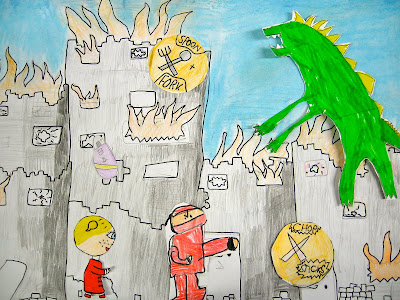Through the years, there have been many games like Mega Man and
Contra. But there has been one game that has made loads of new games
and that game is Super Mario. Mario’s first appearance was in Donkey
Kong from 1981 and then made an extremely big game called Super Mario
World. Then Mario got a big brother named Luigi in Super Mario Bros and
what some people do not know is that Princess Peach was originally named
Pauline in Donkey Kong and was also named Princess Toad Stool.
Worst Mario Game and Movie
Throughout the ages of Super Mario, there has been a lame Mario
game called Super Mario 2. In that game, you have a choice of
characters which are Mario, Luigi, Princess Peach and a mushroom called
Toad. Now. I know what your thinking. How could this be a lousy Mario
Game? Well in this game the main enemies are Shy Guys, Ba Bombs and the
main villain is a giant toad named Wart, but did you also know that a
game called Okey Dokey Panic had actually the same version of Super
Mario 2! They also made a Super Mario Bros movie which was the
biggest rip off since Mortal Combat, because in the movie we don’t get
to see the Mushroom Kingdom and the fact is that the Koopa Family look
like stupid little bugs! So all I have to say is that these two Mario
versions are big rip offs!
Large Amount of Mario Characters!
Through the years Nintendo has introduced new Mario characters,
here are some of them:
• Wario and Waluigi, Mario and Luigi’s evil rivals
• Petey Piranha, a big mutated plant with sharp jaws
• Bowser Jr, Bowser’s son!
Names of the Mario Games [1981 – 2009]
Through the ages, there have been loads of names for Mario
games, like :
• Donkey Kong
• Donkey Kong Jr
• Super Mario World
• Super Mario Bros.
• Mario Is Missing
• Mario’s Time Machine
• Smash Brothers Brawl
• Super Mario Sunshine
• Super Mario Galaxy
• Super Mario 2
• Super Mario 3
• Super Mario All Stars
• Mario 64
• New Super Mario Bros Wii
• Warning; the order of these games are random!
GOODBYE!!! (From Nintendo and Mario!)
































